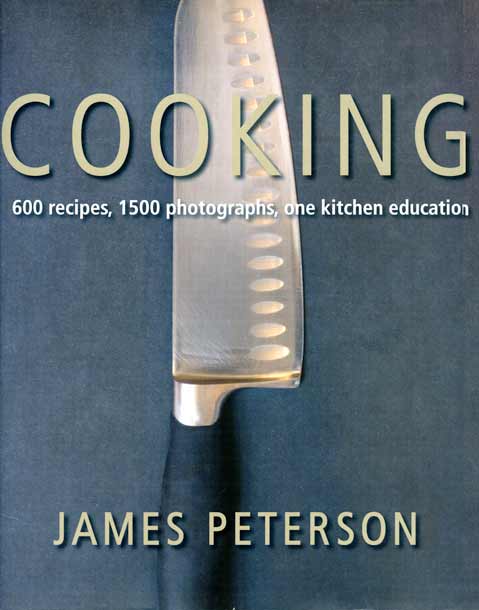1) Don’t use your on-camera flash. Because the light comes from the same direction as the camera, it creates harsh shadows and highlights as well as ugly, small and pointy, specular high lights. Also, because light “falls off” rapidly as the distance of the light source increases, you may end up with the back of your set less lit than the front. You can really notice this if you look at the society page where they show shots of people shot at night. Notice how the background goes completely black.
2) Use a tripod whenever possible. A tripod stabilizes the camera so it doesn’t shake and cause blur. The less light there is available, the more essential a tripod becomes because the exposure has to be longer. If you don’t have a tripod, try stabilizing the camera against your body and your body against something else. Another possibility is a monopod which is just what it sounds like–a pole with adjustable height. While not as stable as a tripod, a monopod is easier and quicker and more discrete to use.
3) Use your manual settings. Or at least understand them. A good way to get started is to set the aperture to one setting and let the camera adjust the shutter speed according to the amount of light available. You can then reverse this and set the shutter speed to one setting and let your camera adjust the aperture on the fly. Understanding your camera settings allows you to freeze action and control focus among other things.

